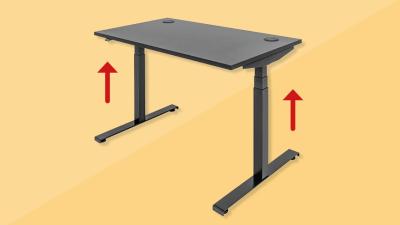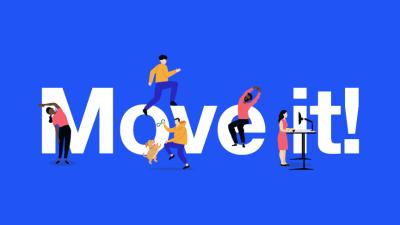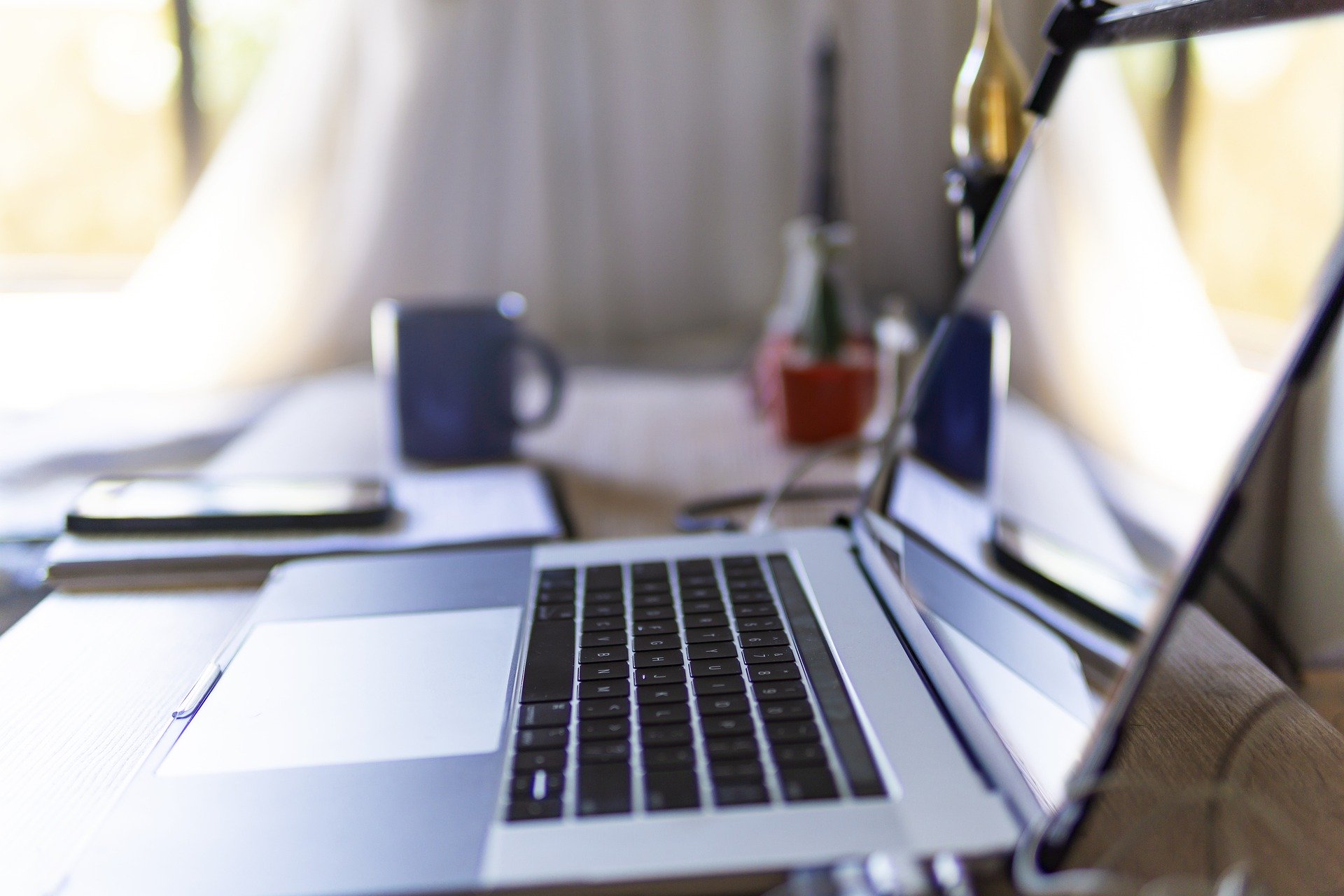
Humans aren't built to be sedentary, yet many of us are nowadays. This is often out of necessity rather than choice due to the fact that many jobs are now computer-based. According to research, lower back pain causes more global disability than any other condition, making it imperative for us to tackle.
If you are struggling to main better posture while working, have a read through some of these helpful tips on how to protect your back and spine.
1. Don't wait until it's too late

Most people only start thinking about back care once they've started experiencing some kind of pain or discomfort. We urge you to think about back care right from the start.
While equipping yourself with appropriate equipment may seem expensive, the cost of the ergonomic products themselves are minute compared to the cost of lost productivity caused by musculoskeletal disorders (MSDs). While well-designed equipment can ease existing pain and discomfort, it's much more cost-effective as a prevention tool.
So, when it comes to back pain, it helps to be proactive.
2. Get a sit-stand desk
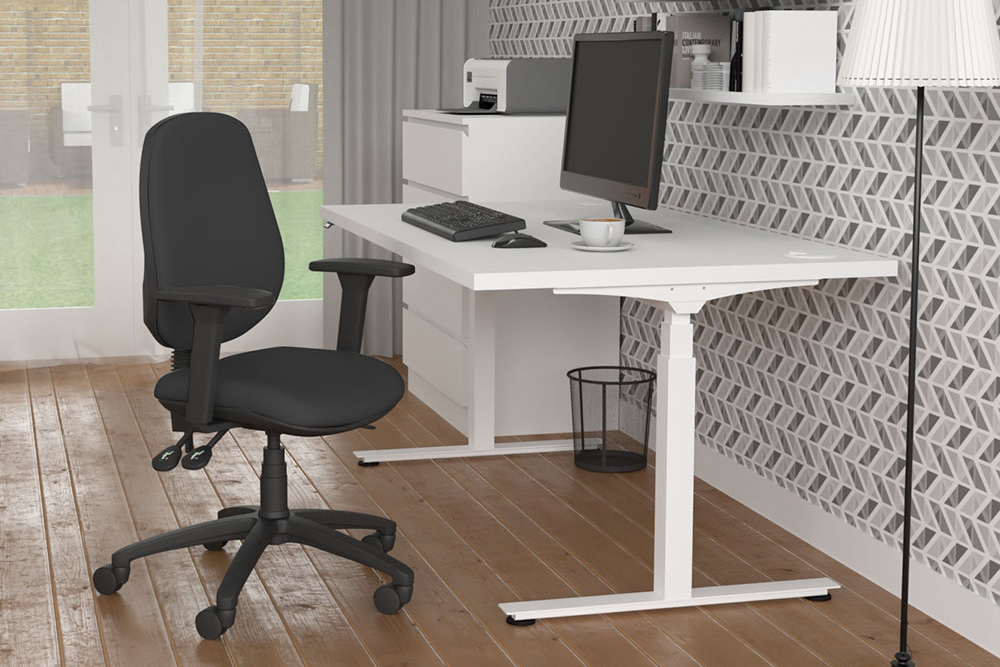
Hop aboard the trend wagon and join the masses of offices now investing in sit-stand desks. Although they're booming in popularity right now, we can assure you they're not just a health fad. We've been selling sit-stand desks since 1994 and we've had nothing but positive reports ever since.
The JOSHO is a perfect example, featuring a minimalist look combined with advanced technical features such as a three-part lifting column that takes all of the hard work off your hands. Not only this, the desk also offers a clever approach to cable management, allowing you to free up even more space underneath.
Sit-stand desks are an excellent back pain prevention tool because they encourage you to keep moving. With a good active working strategy in place (involving plenty of educational materials to keep staff using their desks), sit-stand desks can effectively help prevent back pain.
A lot of the time, back pain comes from sitting for long periods of time in the same unhealthy position. If you're getting up every 20-40 minutes to stand at your desk, then you're less likely to spend too long in one poor posture.
3. Get a decent ergonomic chair
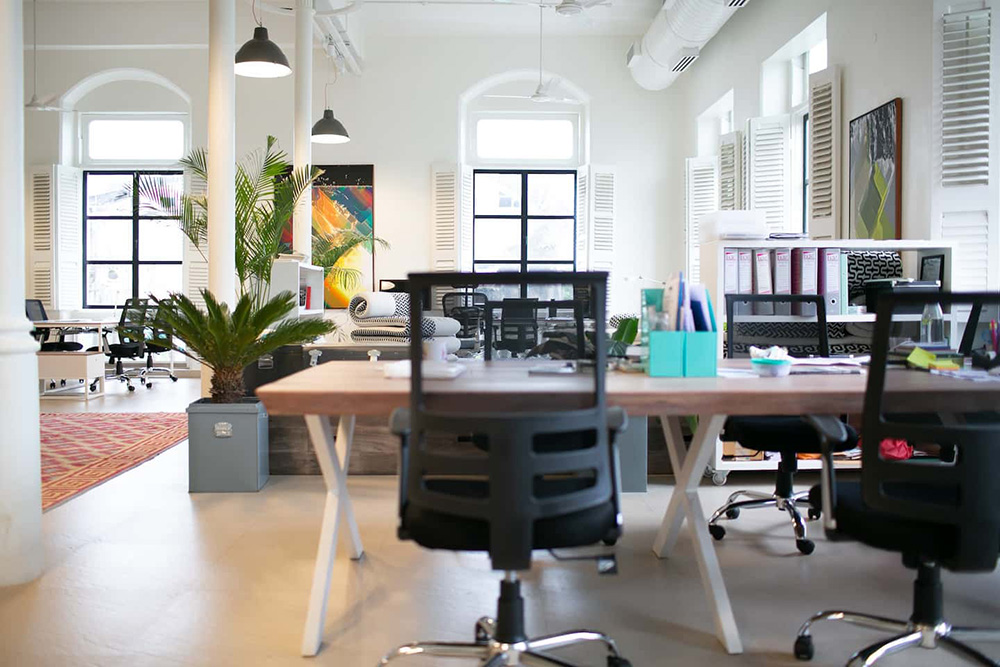
While there are thousands of office chairs available from hundreds of manufacturers, a 'decent' ergonomic chair comes with a range of adjustable components so it's easier to find the perfect sitting position. Why not book a Virtual DSE Workstation Assessment to really get the most out of its functions.
If you're working at home now, check out our recommendations for the best ergonomic homeworking chairs.
4. Learn about active sitting
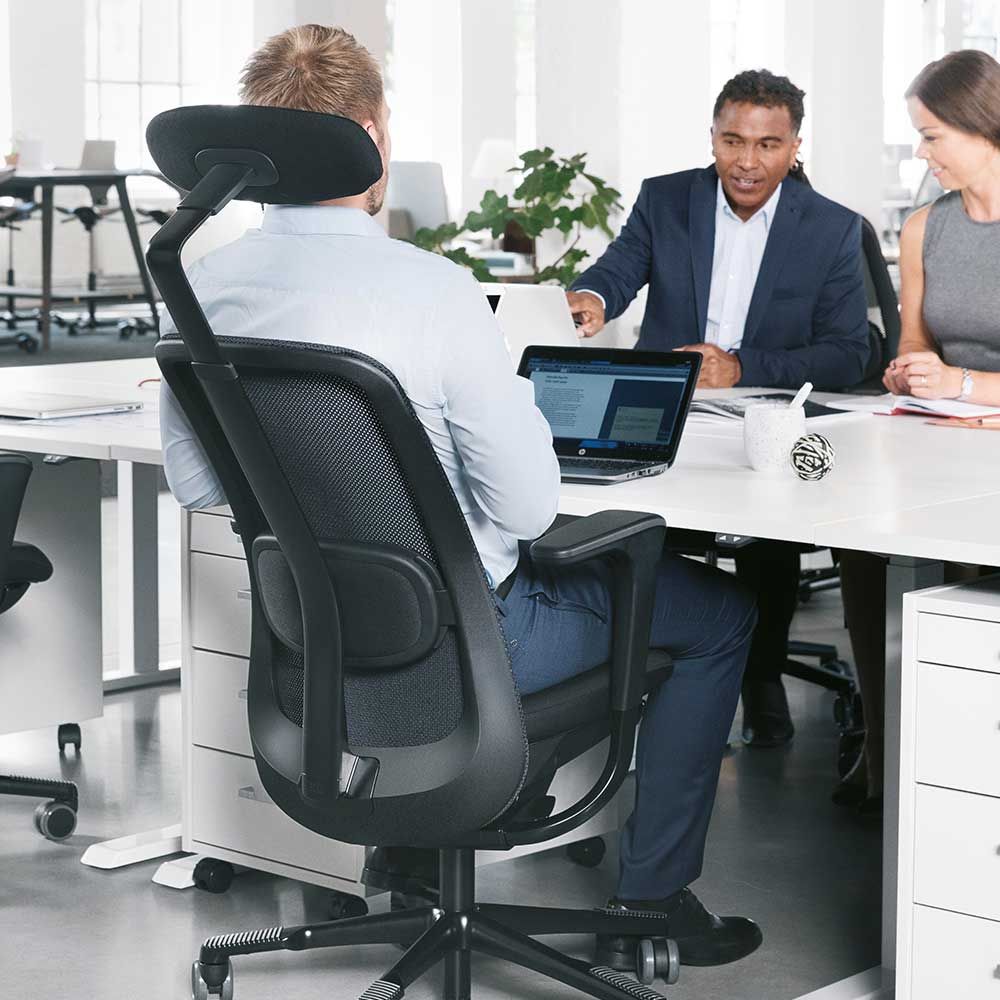
Recent studies revealing the dangers of sitting down all day make chairs out to be the villain - but with active sitting, this doesn't have to be the case.
Some ergonomic office chairs, like the HÅG SoFi 7500 (pictured) have in-built mechanisms to allow the chair to move naturally with the sitter. This stimulates oxygen and blood-flow through the body, and helps keep users alert and energised during meetings and long days.
5. Move around every hour
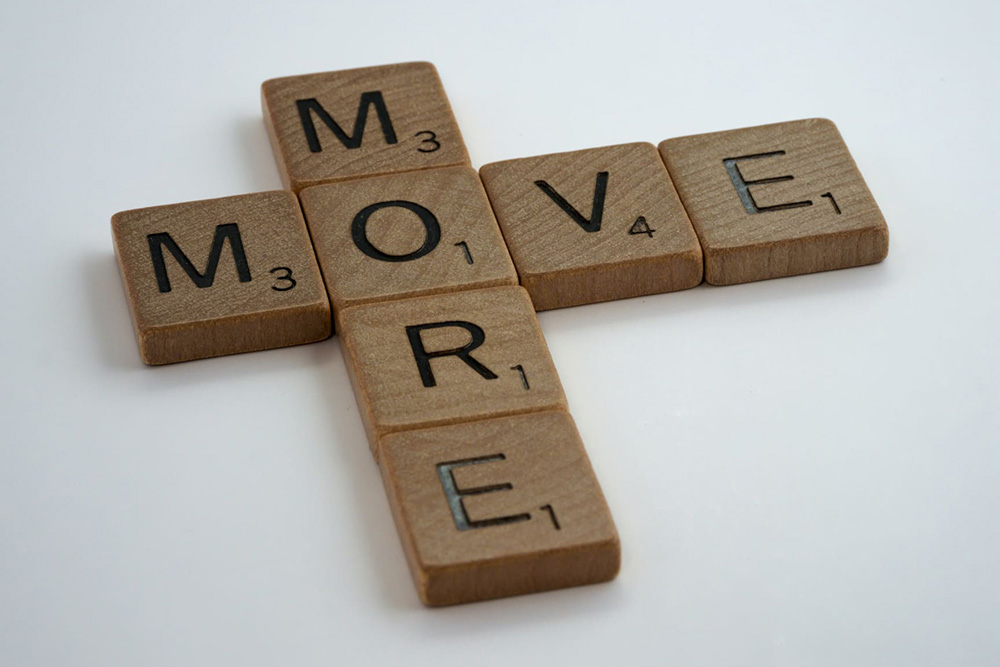
Set an alarm for each hour of the working day. This will remind you to get up and walk about even when you're immersed in work. Go to the toilet, the water cooler, or simply do a loop of your office/home for a couple of minutes. It'll give you the oxygen boost you need and get you out of poor postures.
6. Go for a walk at lunch
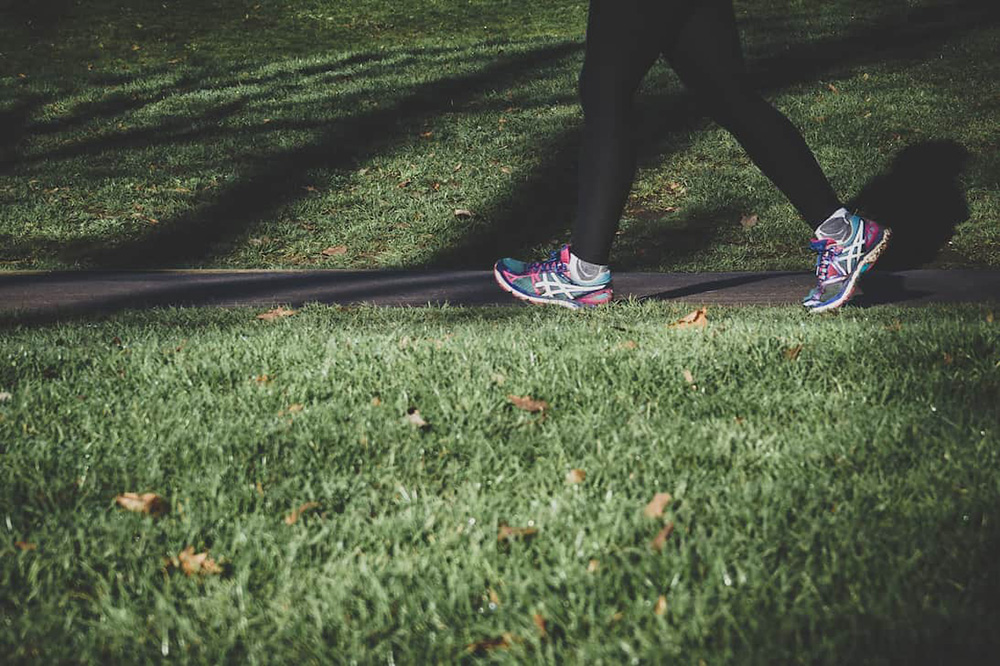
Your lunch break is yours; use it to squeeze in some extra physical activity, like a brisk walk, a cycle ride or even some yoga to stretch out your back and loosen up tight muscles.
Remember, if you’re walking a particularly long distance, it may be sensible to pack a change of clothes for the day. This keeps your workwear free of any unnecessary smells or bacterial growth.
7. Practice desk stretches
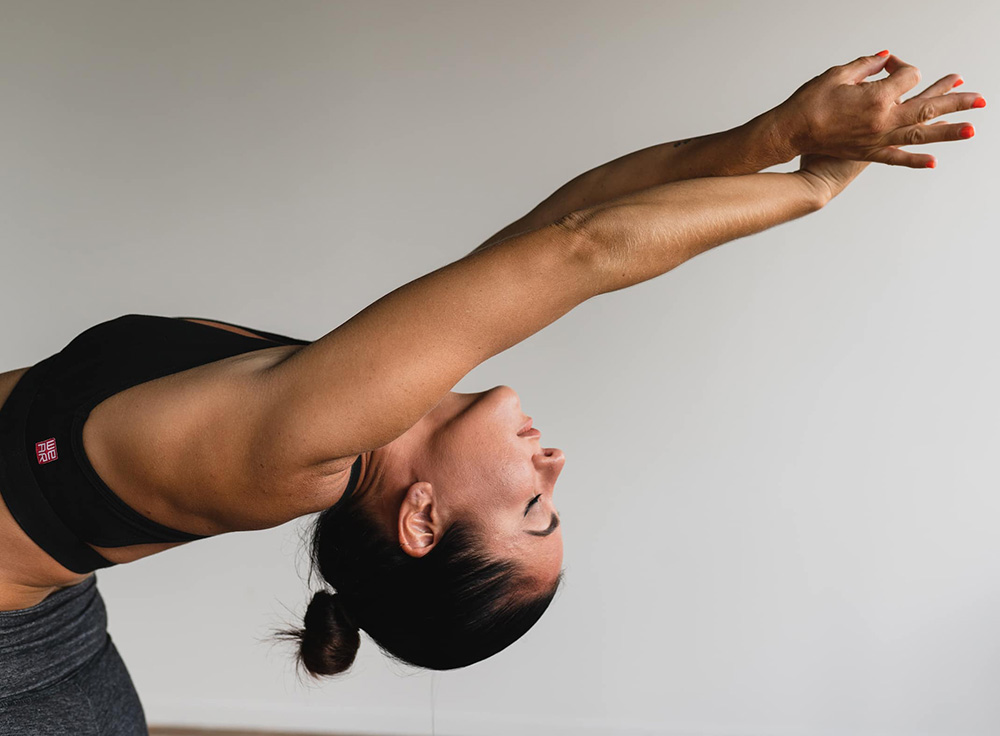
Desk stretches are by far one of the most effective ways of preventing MSDs. You might attract funny glances if you're at the office, but your back will thank you for it. If you’re stuck for exercises to follow, try using the following advice sheets to help you:
- Stretches for fingers, wrists and forearms
- Neck and shoulder exercises
- Back exercises
- Leg and ankle exercises
It doesn't take much to hurt your back, and the results can be devastating. Take these simple precautions in your organisation to reduce the risk - and not only will you save costs, you could help prevent injuries.
8. Ask a product expert for a personalised recommendation
You can start a Live Chat with the product experts at Posturite to pick their ergonomic brains about the working equipment you might be interested in. Tell them if you experience back pain.
If you like, you can even give your body measurements, and they will tell you which office chair could give good lower back support. Just click the green chat box for ‘Expert product help & advice’.
Ergonomic guidance from Posturite
It helps to stay ahead of the curve when it comes to back pain. While things can be done once damage has already been caused, preventative measures are always preferred.
Keep you and your workers safe by investing in some ergonomic accessories from Posturite. From wrist rests to flexible working desks, we have everything you need on our website.








